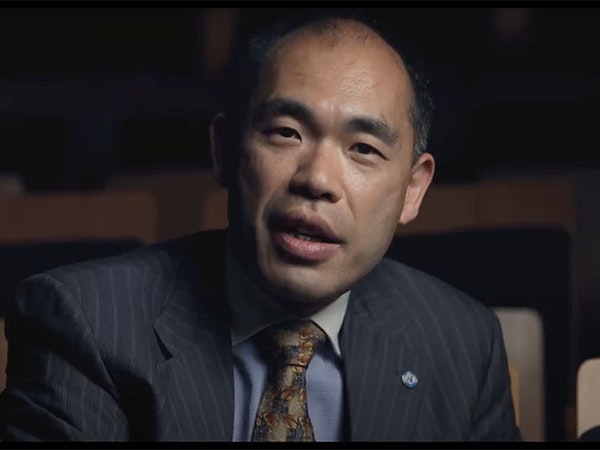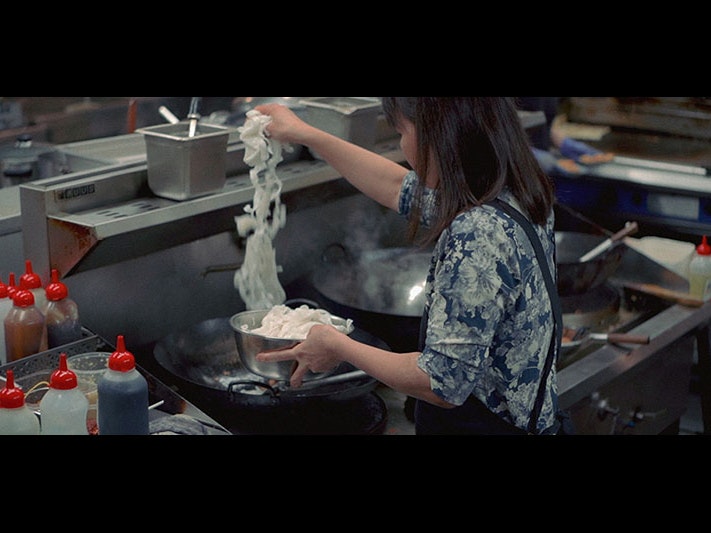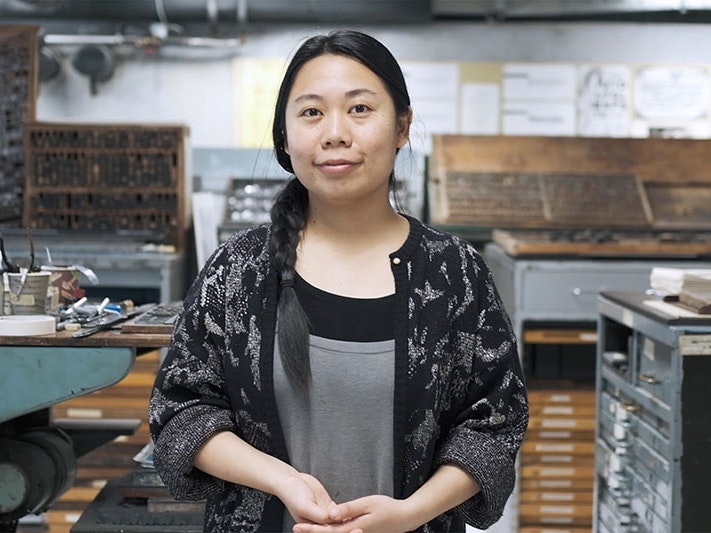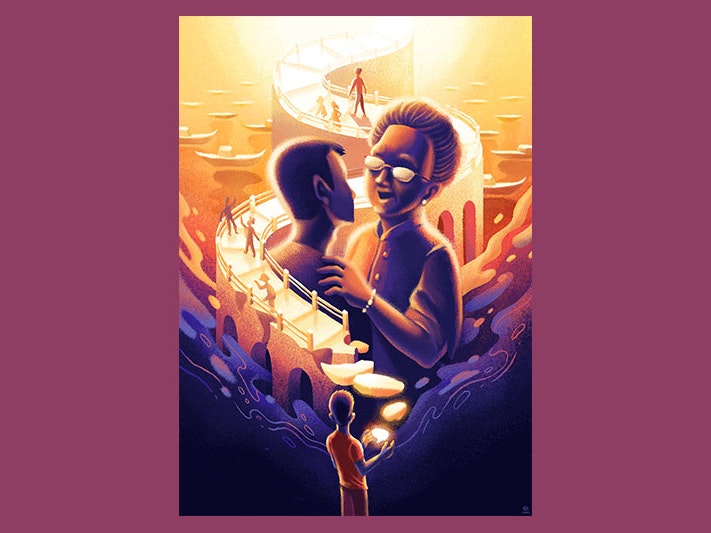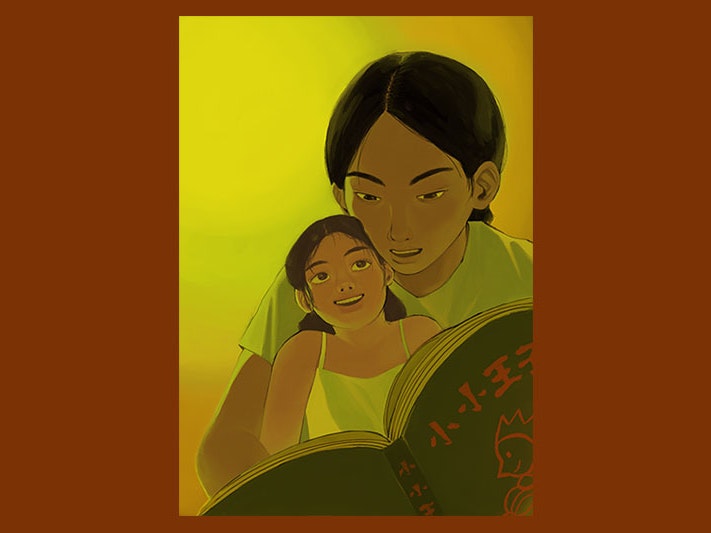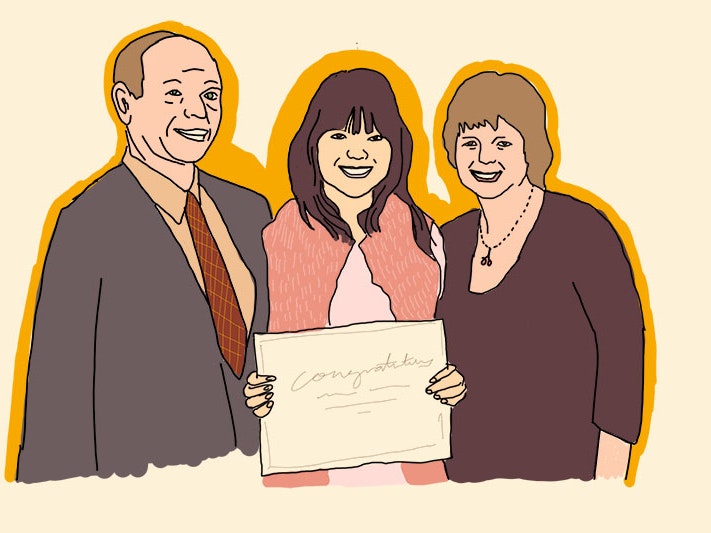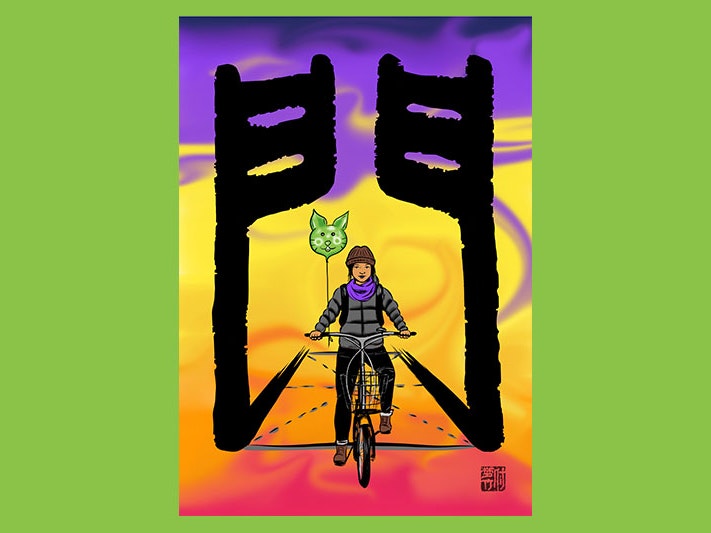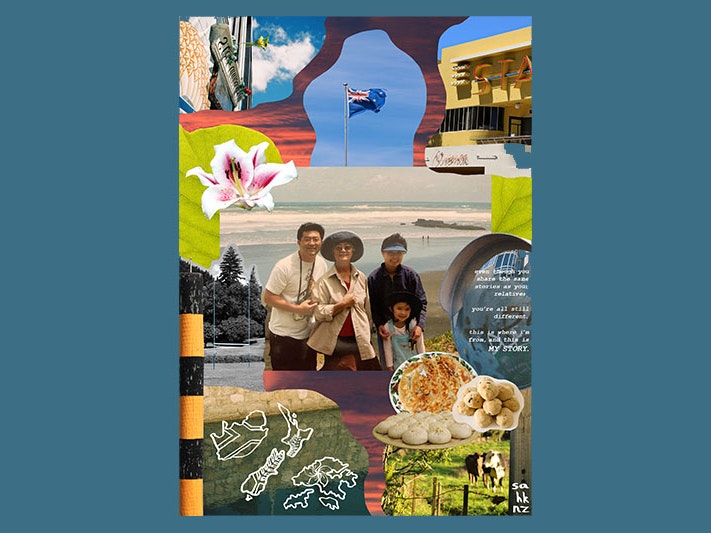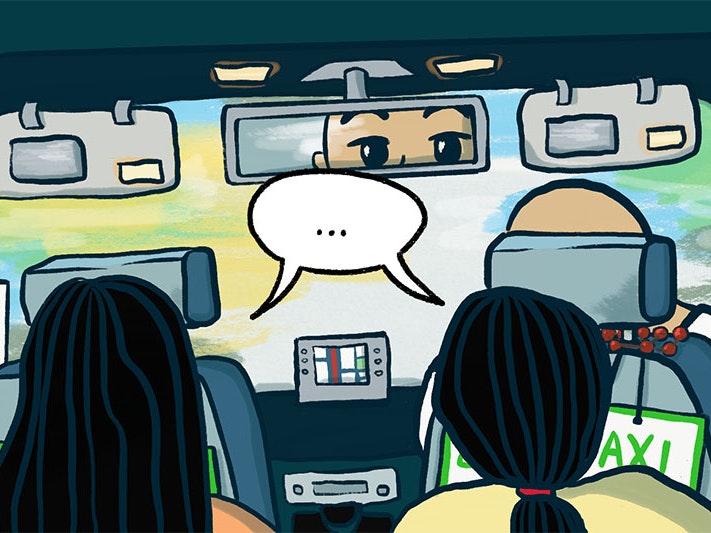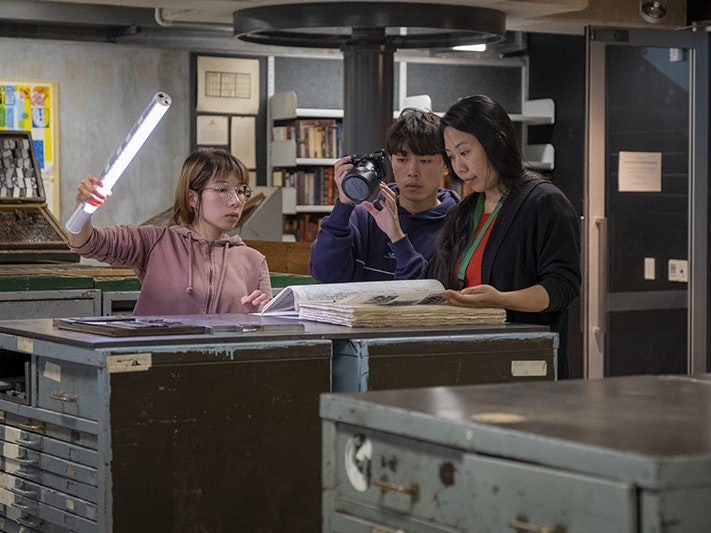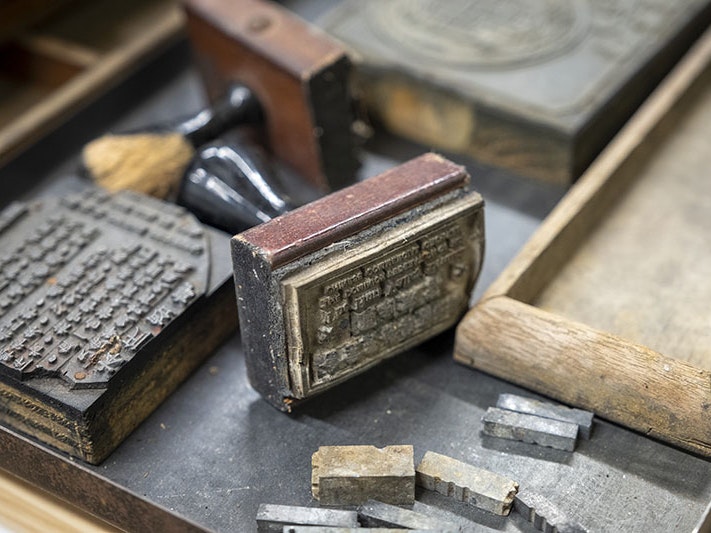Chinese Languages in Aotearoa is an ongoing project using language to highlight complex issues of cultural identity within various Chinese New Zealand communities.
It begins with a series of videos, of people – a poet, a restaurateur, a typeface designer, and an interpreter – sharing stories of their connection to their heritage Chinese languages, speaking in Mandarin, Hokkien, Cantonese, and Hakka. These videos have been made by local Chinese and Chinese New Zealand filmmakers.
The second part consists of illustrators responding to stories from people of diverse Chinese cultural heritages in Aotearoa. More on that to come.
Chinese Languages in Aotearoa is part of Voices of Asian Aotearoa. For more information, read our introductory blog ‘Exploring Asian Aotearoa’s diverse cultures through languages’.

